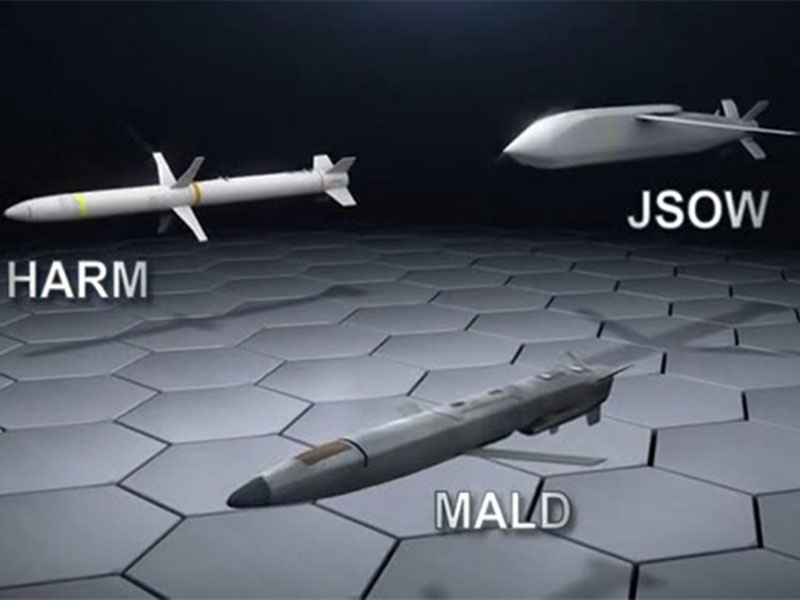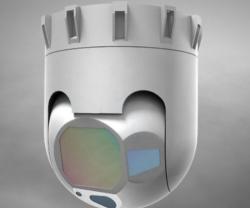The three companies reduced airframe production costs by 25 percent. The new innovative composite design will be included in this year's Lot 7 production.
“MALD is a cost-efficient, modular system that can protect manned aircraft from the need to engage threats and make stand-off munitions even more lethal. Driving affordability is a key element of customer success. Through the partnership with Fokker, Dallara and the U.S. Air Force, we delivered MALD's capabilities at a lower price,” said Scott Muse, Raytheon's MALD Programs Director.
Raytheon Missile Systems partnered with industry leaders, using robotics and commercial racing car technologies to cut the cost of defense aerospace applications. Fokker Technologies, which develops and produces advanced structures and electrical systems for aerospace and defense, helped to adapt robots to wind the carbon fiber fuselage, rather than rely on the conventional, hand-built approach.
Dallara, which for 40 years has produced some of the fastest, safest racing cars in the world, applied the lightweight, very strong structural technologies used in Indy car racing to airframe accessories, including covers and air inlets.
MALD is a state-of-the-art, low-cost flight vehicle that is modular, air-launched and programmable. It weighs less than 300 pounds and has a range of approximately 500 nautical miles. MALD protects aircraft and their crews by duplicating the combat flight profiles and signatures of U.S. and allied aircraft. MALD-J adds radar-jamming capability to the basic MALD platform.
MALD confuses enemy air defenses by duplicating friendly aircraft flight profiles and radar signatures.
MALD-J maintains all capabilities of MALD and adds jamming capabilities.
Raytheon began delivery of MALD-Js in the fall of 2012.
Raytheon Company, with 2014 sales of $23 billion and 61,000 employees worldwide, is a technology and innovation leader specializing in defense, security and civil markets throughout the world.
With a history of innovation spanning 93 years, Raytheon provides state-of-the-art electronics, mission systems integration and other capabilities in the areas of sensing; effects; and command, control, communications and intelligence systems, as well as cyber security and a broad range of mission support services.






















